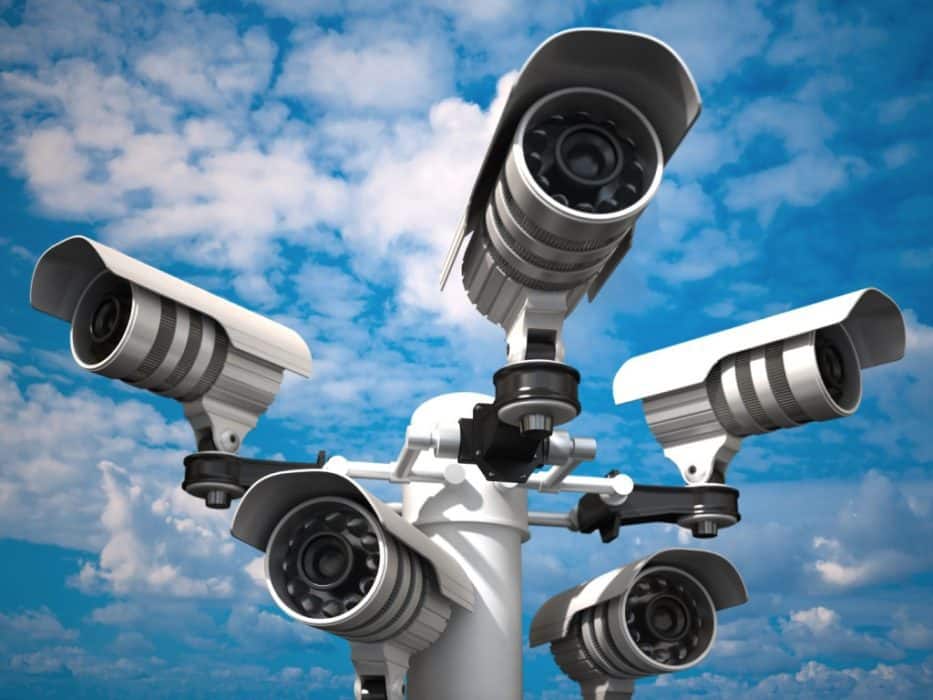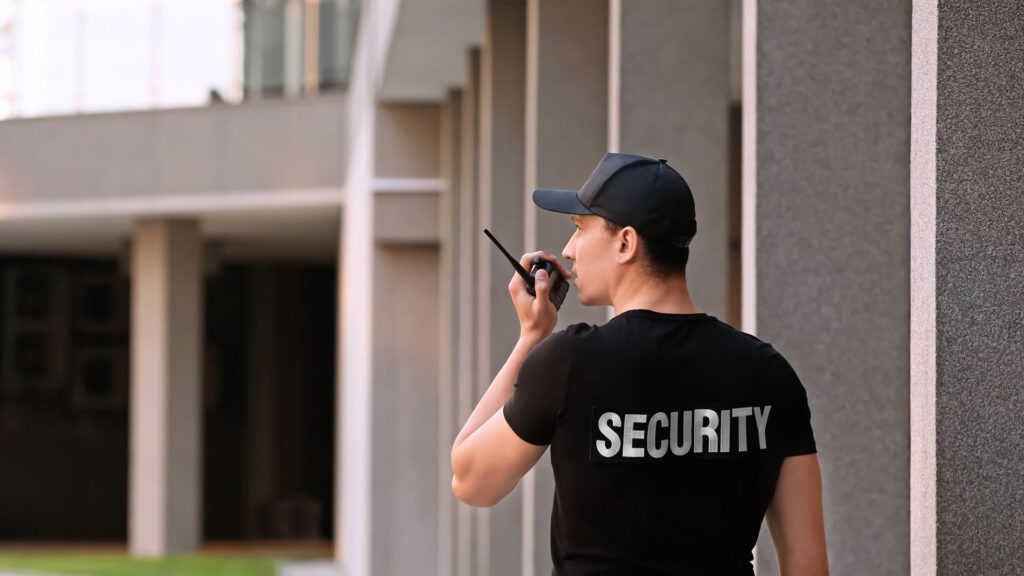Surveillance cameras and their types
Surveillance Cameras and Their Types
SecurityCo, a security guard company, is planning to introduce surveillance camera technology to provide the best services, aiding in faster verification and securing a large number of locations. The importance of surveillance cameras has increased significantly over the last ten years, with more people using these systems. But what are the benefits? The main advantage lies in protecting assets and property, providing a sense of safety at home, work, or any location, and serving as an effective tool for supervision and management at work. They are also useful for deterring crime and catching criminals.
Surveillance cameras and their types
Types of Surveillance Cameras
Surveillance cameras are divided into two main types:
1. **Indoor Cameras**
2. **Outdoor Cameras**
Each type can have fixed or movable, wired or wireless cameras, and various features distinguish them. Understanding these differences helps select the right camera to meet specific needs.
1. **Box Cameras**: These cameras are water, dust, and shock-resistant, ideal for harsh environments. Most are equipped with night vision lenses.
2. **Dome Cameras**: Named for their dome-like shape, they are small, lightweight, and easy to mount on walls or ceilings. Dome cameras are discreet and affordable but are generally used indoors as they cannot withstand outdoor conditions. Some newer models are suitable for outdoor use, providing a 360-degree view.
3. **IP Cameras**: These cameras use IP technology and are essentially small computers equipped with processors and memory, making them one of the more expensive types. They are easy to install and integrate with regular computer network cables, offering features such as remote access and control via the internet. Their downside is their higher cost compared to other cameras with similar specifications.
4. **PTZ Cameras**: These are movable cameras suited for large areas like factories or highways. They can be controlled via recording devices or a specialized keyboard to adjust zoom and focus.
**Connecting IP Cameras**
– Connect the camera to a power source.
– Link the camera to a router using a network cable.
– Install the provided software on a computer to control the camera.
Other cameras can be connected to a DVR system for recording or directly to a computer using a PCI DVR card.
When purchasing a camera, consider:
– Type (NTSC or PAL)
– Resolution (measured in TVL)
– Lens size
– Infrared capabilities for night vision
– Distance coverage (measured in meters)
Surveillance systems can be integrated into the internet for remote monitoring, allowing you to keep an eye on your site from anywhere in the world.
For more details or to purchase, contact us at: 0538451740.



